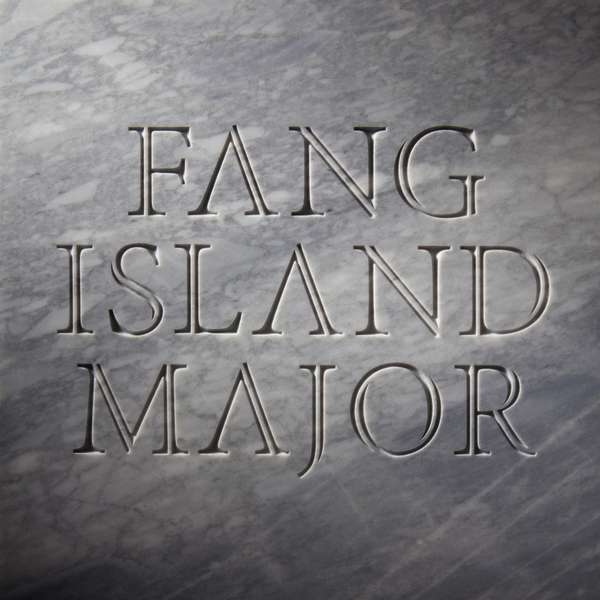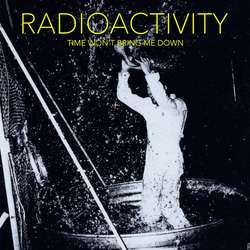Two years since the release of their eccentric eponymous debut, Fang Island return with Major, the band’s second album on LA record label, Sargent House. It’s quite evident that their self-proclaimed pursuit to “make music for people who like music” ensues. Picking up right where Fang Island left off, Major is an epidemical power rock album, affluent in frenzied, fuzzed-out fun.
Beginning an album with a track titled “Kindergarten” could initially be misleading. A nursery like piano loop chimes away, singer-guitarist Jason Bartell declaring how all he learned was learned in kindergarten. It appropriately matches the repetitious toy box melody with childish lyricizing of youthful bliss. Furthermore, when considering these guys are, indeed, grown adults, it effectually introduces the exultation to come.
The celebration picks up with “Sisterly”, followed by “Seek It Out”, straightforward rock anthems that thrill in the sense of an Andrew W.K. song. (Oh, and if you haven’t already, check out the two acts collaborate on “Patterns on the Wall”, a drunken rager of a 7 inch single.) Clearly, teaming with the despot of party rock, Fang Island meets the standard of musical jubilation.
There’s a lot to be said about a group of dudes who can keep up at such a pace. However, in Major, there exists a sense that these guys realize the party won’t last forever. After all, with time and growth comes maturation. Fang Island’s sound has slightly aged. And while this isn’t all that bad, I can’t help but feel things are a bit diluted at times.
Take the spacey section in “Make Me”, between 3:27 and 4:47, for example. In what appears to be the build before a boisterous bang leads to nothing more than another refrain that eventually fades out. It’s like drinking a glass of water between each adult beverage. But this happens little enough to really offset the record’s exuberance.
Perhaps the best display of ridiculousness Fang Island wreaks is “Chompers”, Major’s shortest track and last hoorah before closing on two lighter numbers. It’s vocal-less and need not singing. Things close differently than the wavering farewell organ and fireworks closing out “Dorian” on the band’s debut; nonetheless, Fang Island proves on Major how tight musical chemistry and a few high fives can make up for the lack of pyrotechnics. Well, almost anyway.





